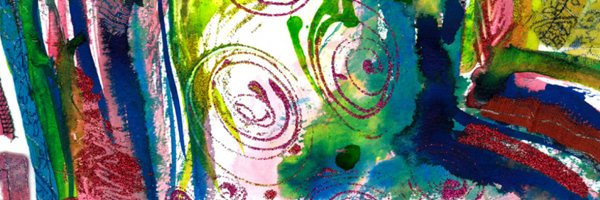Do You Consider Yourself to be a Creative Individual?
When I ask people this question, it amazes me how many people don’t think they have a creative bone in their body.
In fact, many are convinced that when ‘artsy genes’ were being distributed, they somehow missed the memo!
This is the moment when I find it extremely fun and important to share proof that we are all, creative beings.
If you wake up every day and choose what you are wearing, the foods you eat, the route you’ll take to work, the music you’ll listen to, the calls you’ll make, the messages you’ll reply to, the hobbies you’ll participate in etc., then you are creative because each and every day you are creating your life.
THIS MAKES YOU A CREATIVE FORCE IN THE WORLD!
Several years ago, I was asked to be part of “World Creativity and Innovation Day” in Toronto, which is an annual event and is recognized internationally in more than 80 countries.
This was a fun and unique opportunity to engage with a diverse group of people at the CN Tower and Royal Ontario Museum where I delivered Brain Fitness keynotes that gave attendees outlooks and strategies that would assist them in ‘thinking outside of the box’ and being more creative in their daily lives.
Strengthen your Creativity Muscles
This is a vital topic because there are so many reasons why someone would want to prioritize and strengthen their creativity muscles, here are some examples:
Resources – when we tap into our inner wellspring of creativity, we have more options when it comes to how we think, feel and approach our lives
Confidence – as we tap into greater resources, we feel more abundant, capable and resilient, and our confidence grows as a by-product
Problem solving – when we liberate ourselves from our limited thinking, we realize that there are many more ways of dealing with things than we initially thought
Energy – many people report that creativity fuels them with more energy and the more energized they become, the more alive they feel
Fun – although we are creatures of habit, we can easily become bored by repetitive routines. Creativity changes things up, connects us with new thought patterns, learning new skills, meeting new people and thus, having more fun.
During the World Creativity and Innovation celebrations, I was invited to be a guest on Breakfast Television to talk about creativity and share strategies on how to be more creative.
I enjoyed demonstrating Brain Gym® activities to turn on their ‘whole brain’ potential so a person’s logic and creative hemispheres work better together.
Then I gave suggestions that could be incorporated into one’s daily life routine such as; brushing their teeth with the opposite hand, reorganizing the furniture in their home or workspace, trying new recipes, or eating dessert first!
There are so many ways to be creative, the sky is the limit – we just need to give ourselves permission to move out of our comfort zone.
One belief that gets in the way of being creative is the idea that “we can’t teach old dogs new tricks” and because of that, creativity is just for the young.
Turns out that creativity does not discern or favour age groups!
Life Cycles of Creativity
A study done at Ohio State University shows that there are two different life cycles of creativity; one that hits some people early in their career, mid 20’s or so, and another that strikes later in life, in their mid-50s.
“Many people believe that creativity is exclusively associated with youth, but it really depends on what kind of creativity you’re talking about.” says Bruce Weinberg, lead author of the study and professor of economics.
Conceptual innovators do most of their ground-breaking work early in their career before they became immersed in already accepted theories. They “think outside the box,” challenge conventional wisdom and tend to come up with new ideas suddenly, said Weinberg.
Experimental innovators on the other hand, accumulate knowledge throughout their careers and find new ways to interpret, analyze and synthesize information into current ways of understanding.
5 Strategies to Boost Creativity
Regardless of age and stage of life, when it comes to being more creative, there are 5 strategies which can benefit us all;
- GET IN THE GAP – since creativity is a phenomenon whereby something new is formed, we must leave our current ‘norm and known’ to access it
- BE CURIOUS – when we already have the answer, it’s hard to bring forth new options. Curiosity is a wonderful way to consider new possibilities and ideas
- BREAK RULES – there are rules that must be followed and others that we have imposed on ourselves without question that impede our options and creativity
- BE POSITIVE – a smile, a sense of humour, an ability to look at the ‘bright side’ – all widen the scope of our mind, while in contrast anger, sadness and frustration all narrow our thinking.
- MAKE SPACE – research has proven that deadlines crush creativity, a change of environment can inspire us, and higher ceilings give us more room to think! Clearly, physical and mental space are key aspects of creativity
So, there you go – lots of opportunities to own and rock your creativity!
Warmly,
Jill

